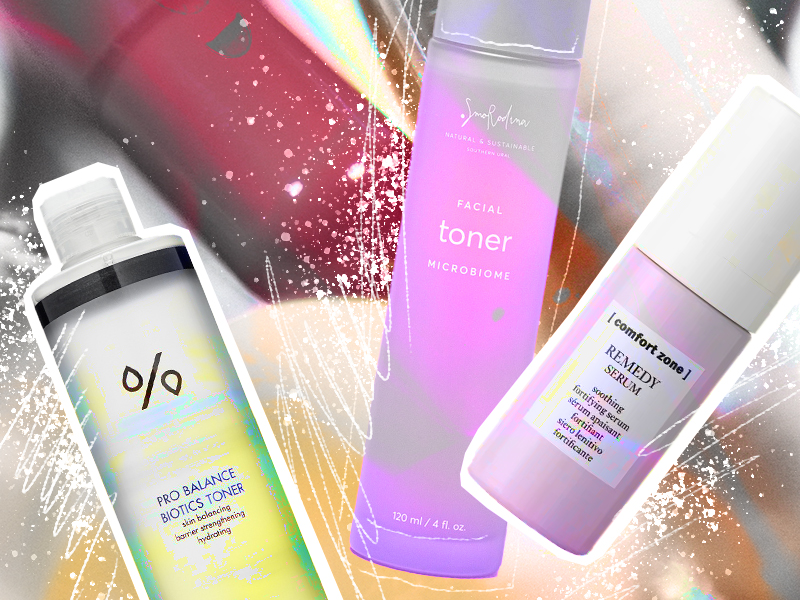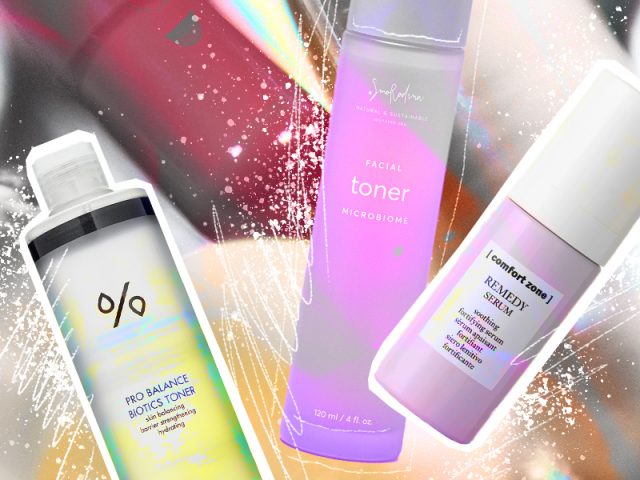
Like many components, probiotics can be found in the composition not only of food, but also of cosmetics. Moreover, their functions are very similar. Probiotic foods are specially designed to support the levels of “good” bacteria in your stomach. As part of cosmetics, they act on the same principle only on the skin.
What is the skin microbiome?
Our skin is a real home for bacteria, viruses and fungi. Up to one million microorganisms can live on one square centimeter of skin. “Interacting with each other, they all perform a number of important functions: they act as a barrier (the first line of defense against the invasion of pathogenic microorganisms), train the local immune system of the skin, participate in the process. wound healing,” says Ekaterina Karpushina, cosmetologist, dermatologist of the DocMed and DocDeti clinics. The combination of these microorganisms is called the microbiome.


What happens to the skin if the microbiome is disrupted?
Almost everything affects the composition of the microbiome – gender, age, ethnicity, a person’s lifestyle (urban and rural), use (or not use) of cosmetics, environment. This protective cover can be easily broken, for example, by very aggressive antibacterial cleaners. They act instantly on all bacteria, both “good” and “bad”. As a result, the hydrolipidic mantle is washed away and the pH of the skin surface changes. The weather of the metropolis affects the condition of the skin in about the same way.
When the microbiome is disrupted, the skin loses its protective functions, so acne, atopic dermatitis, rosacea, and other diseases can occur.
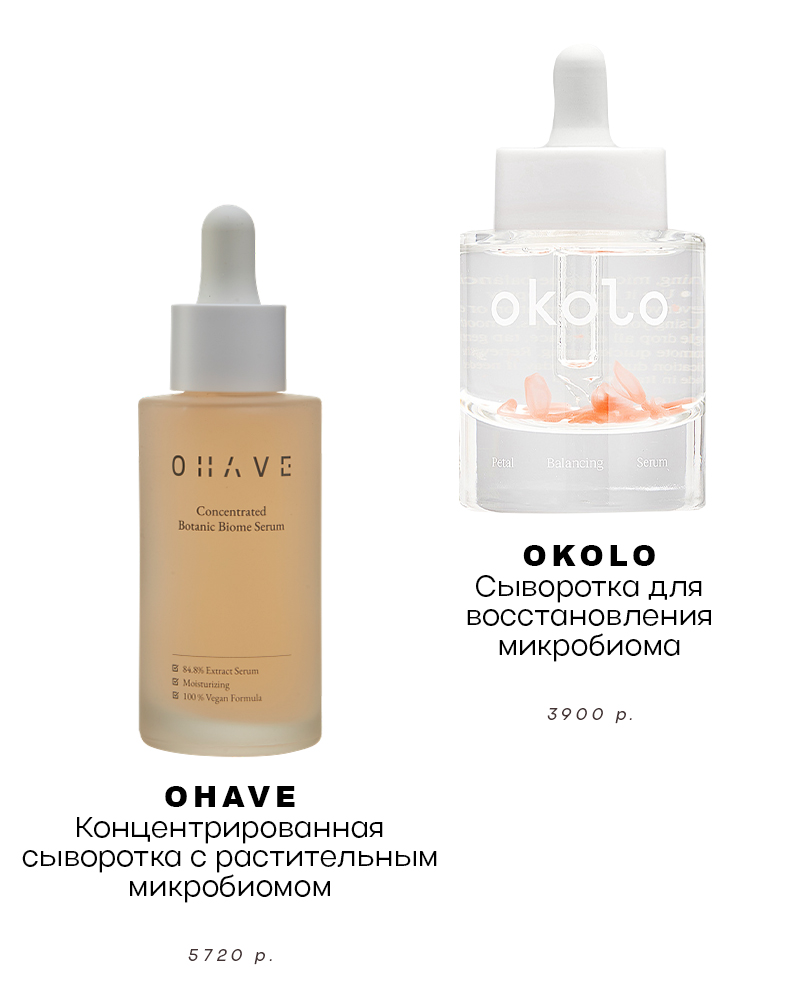
Can the skin microbiome be restored?
Yes, that’s what pre-, pro- and postbiotic cosmetics were created for. First, let’s consider the most common words associated with the packaging of cosmetics.
probiotics They are live microorganisms that benefit human health when ingested.
prebiotics – these are inanimate foodstuffs that create the necessary environment for the growth of the former (i.e. probiotics).
Postbiotics They are probiotic metabolism products with positive biological activity.

Ekaterina Karpushina, beautician, dermatologist at DocMed and DocDeti clinics
“All these definitions come from the food industry, so they cannot be automatically extended to cosmetics. First, the skin and gut microbiomes are different. Second, actual probiotics (live microorganisms) are not used in cosmetics. And there are several reasons for this – this legislation, first of all. The safety of cosmetics and various preservatives are added to the products for a longer shelf life, but they cannot prevent the growth of “bad” bacteria and the “good” bacteria are left untouched.In addition, it is important to understand what happens when we bring the live bacteria in the serum or cream to the skin: will they take root, the source of infection won’t they?
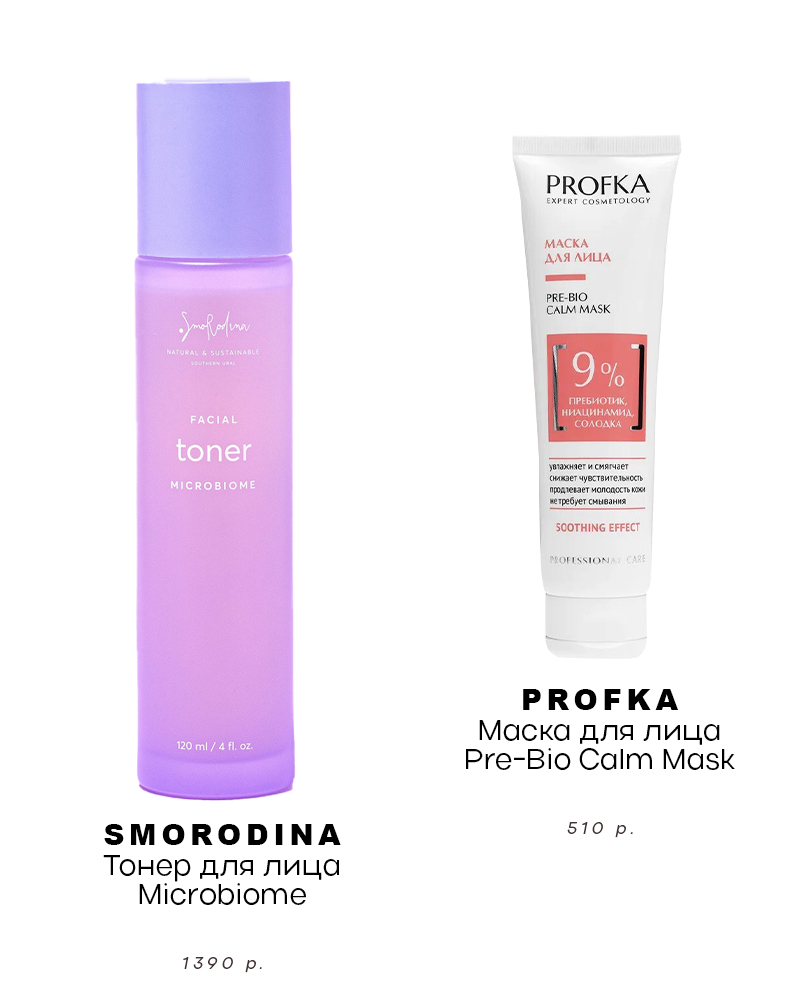
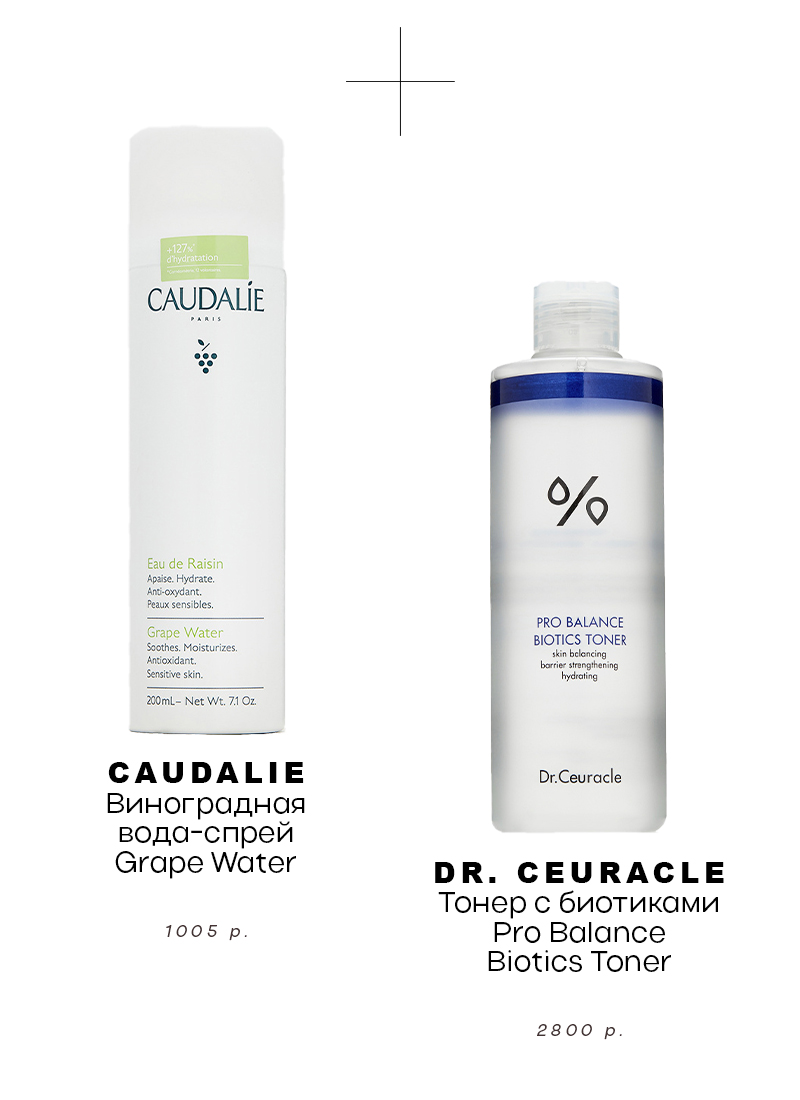
A natural question arises: then where do the probiotics in my cream or serum come from? In cosmetics they are called:
– Products obtained by extraction, fermentation and other technological processes with beneficial microorganisms. They are also called lysates;
– components with probiotic properties – bifido- and lactolysates, alpha- and beta-glucans.
In addition, probiotics are often confused with prebiotics as a beneficial environment for the life of probiotics.
Who benefits from probiotic cosmetics?
Here is a partial list of the health benefits of probiotics.
— Restore the barrier function of the stratum corneum of the skin after mechanical damage.
– Promote the synthesis of antimicrobial peptides (that is, strengthen the local immune system).
– Protect from aggressive environmental influences.
– Remove the inflammatory process.
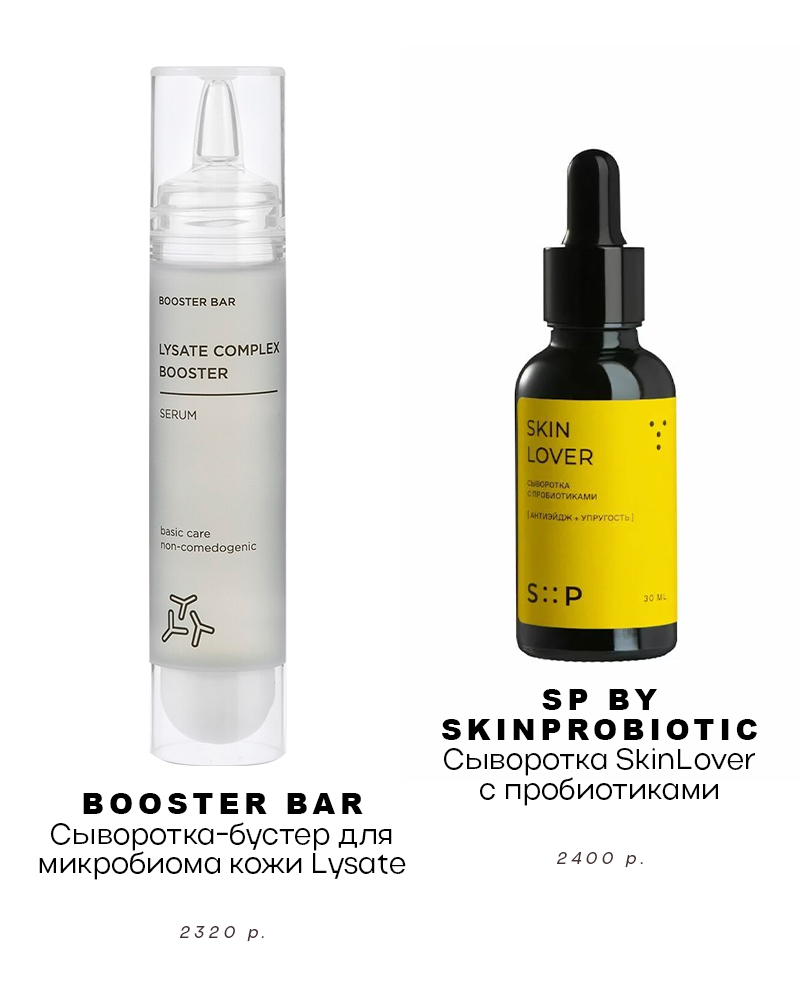

According to Ekaterina Karpushina, care with probiotics is most often used to correct dermatological diseases. “This type of cosmetics is useful for sensitive skin syndrome, acne, perioral dermatitis, atopic dermatitis, as well as skin healing after damage,” she says.
As we remember, many things affect the composition of the microbiome, including the time of year. Cold air, wind, temperature changes, sunlight – all this affects and can adversely affect the condition of the skin. For this reason, cosmetics with probiotics can be used at any time of the year and the skin’s need for moisturizing and renewal is met.
Source: People Talk
I’m Roger Gritton, and I’ve been writing for the The Fashion Vibes for over 5 years now. My specialty is beauty news; I’m passionate about covering the latest trends, products, and innovations in the industry. In my time there, I’ve become known as an authority on all things beauty-related.
I love discovering new experts to interview, researching up-and-coming ingredients and techniques that are making their way onto our beauty shelves and highlighting people who are making a difference in the world of cosmetics. My work has appeared not only on The Fashion Vibes, but also several other publications including the New York Times Magazine, Allure Magazine and Refinery29.

